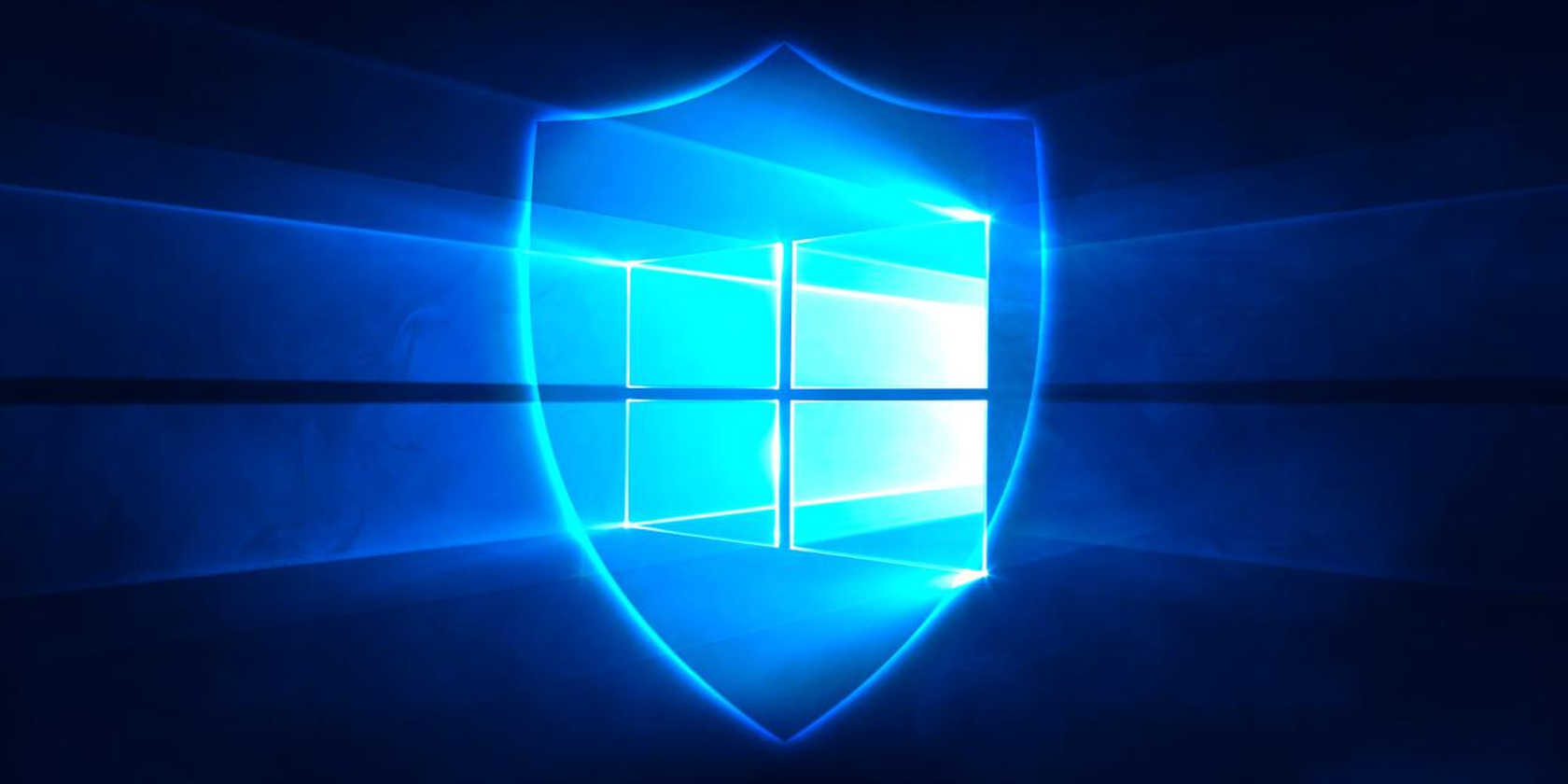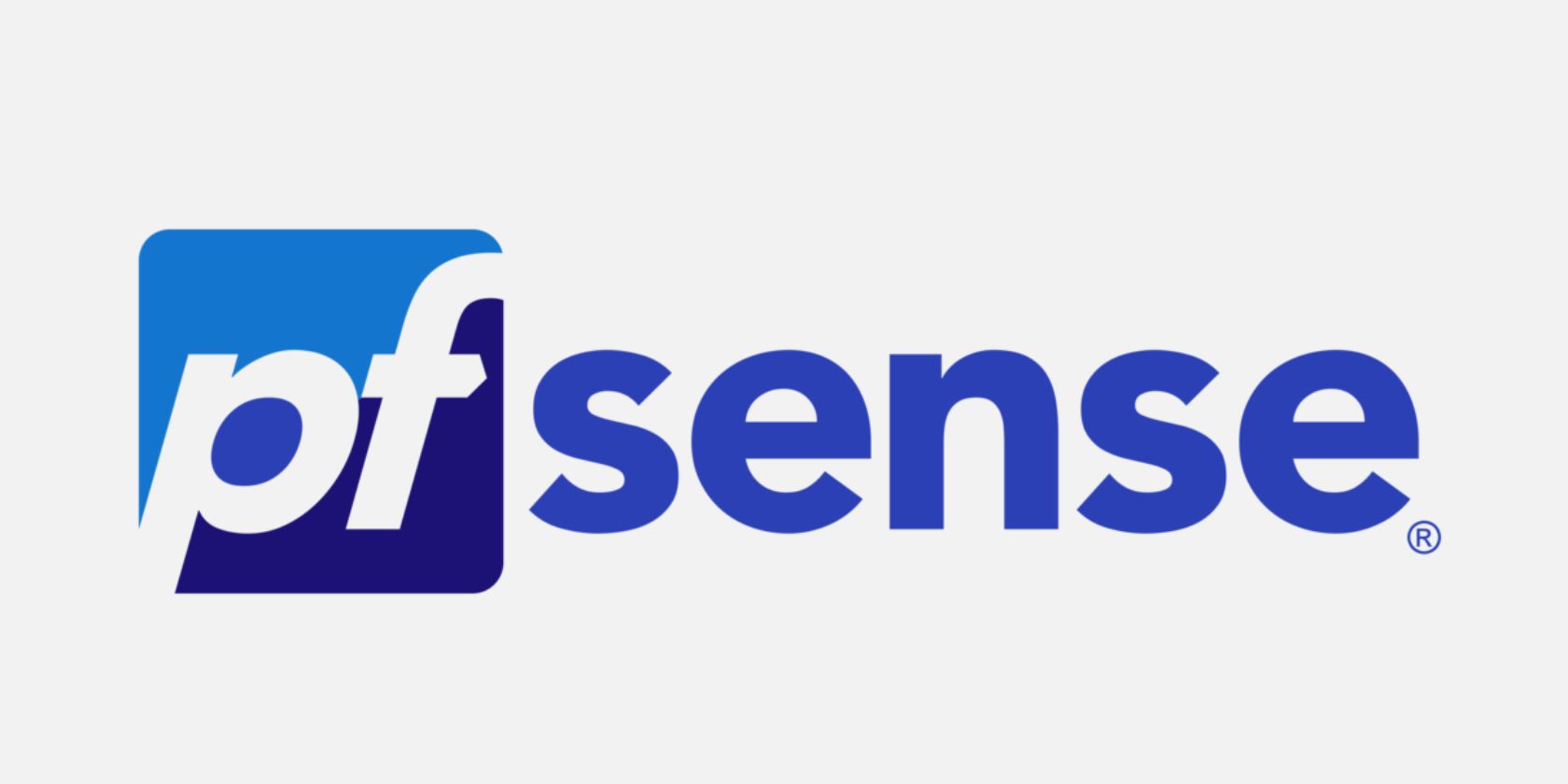When it comes to staying safe while browsing the internet, one word gets thrown around more than the rest: firewall. But with all the firewall options out there, how do you find the right one for your device and network activity? And is it the same whether you're a technical or non-technical user?
The most prominent names in the firewall market are Windows Firewall and pfsense firewall. Although they have their similarities, they aren’t interchangeable.
What Is a Firewall and How Does It Work?
A firewall is a cybersecurity tool that filters data entering your device through an external network. Any data packet that doesn’t meet its pre-set security standards gets blocked, preventing outsiders from gaining access to your device and personal data.
Unlike anti-malware software, firewalls can come as software and hardware. If your firewall is software, it acts as a digital fence that protects you from incoming cyber attacks.
A hardware firewall does more or less the same thing. It protects your computer and data from digital attacks coming through physical and digital means as data runs through a separate device that hosts the firewall software.
While having a firewall, whether software or hardware, isn’t strictly necessary to staying safe online, it can be incredibly beneficial and downright essential if you're not a careful person. Without a firewall, harmful files can make their way from the open internet, straight to your device.
What Is Windows Defender Firewall?
Windows Firewall is short for Windows Defender Firewall, a Microsoft product that comes included with all Microsoft Windows computers and laptops starting with Windows XP. One way to think about Windows Firewall is that it’s the ready-to-use firewall system that within everyone's reach.
It’s completely free and doesn’t require a complex setup or configuration process. In fact, the moment you turn on your new Windows computer and connect it to the internet, Windows Firewall starts working in the background, keeping you safe from cyberattacks and malicious data.
Functionality
For most, Windows Firewall is a tool made to protect you from incoming cyberattacks. With its default settings, Windows Firewall controls which apps on your computer can accept data from the web and automatically blocks harmful and suspicious data packets.
Except for a few trusted apps, Windows Firewall needs your permission to allow certain services, like photo editing software and online games, to receive and send data packets from external servers. Once you approve of an app’s activity, Windows Firewall will remember your preferences and won’t bother you again.
The problem arises with apps and software that send data out. While this isn’t necessarily a security risk—as those apps can’t receive malicious data and files—it can be a violation of privacy. Luckily, you can manually prevent or allow specific apps by changing the rules Windows Firewall follows.
If you’re looking for a firewall that doesn’t interfere with your computer’s performance whatsoever, you should opt for a hardware firewall. They sit outside of your main device and use their own physical resources.
But Windows Firewall is software that works similarly to all other apps and software. It needs to use your device's resources to function, so it has the potential to slow down your computer. That’s especially the case if you don't have the most powerful computer or use heavy and CPU-intensive apps frequently.
What Is pfSense Firewall?
pfSense is an open-source and free firewall and router software that’s compatible and can be used alongside any device as long as you have the right hardware. Since its release back in 2004, pfSense has had the time to establish itself as one of the best firewall technologies, enough to compete with big-name, proprietary alternatives.
As part of the "m0n0wall" project, the pfSense developers' goal was to create a full-feature firewall software. They made sure both average users and tech-savvy individuals looking to customize and optimize their device’s security can use pfSense.
You need to go out of your way and seek pfSense firewall and set it up from scratch. But it offers a variety of features that suits your journey through to becoming more technically advanced and protecting your device from malicious individuals online.
Functionality
Basic firewall functionality is being able to scan and allow or block data packets entering or leaving your computer. It’s how good the firewall is at its job that makes it superior.
pfSense has countless features and capabilities when it comes to filtering data packets, ensuring nothing goes through unless it meets all of your standards to a T.
As for flexibility, pfSense lets you set different rules depending on the source of the data flow, whether it’s the open internet or an internal network with only trusted devices and users. Since it’s open-source, you’re free to add or remove any feature by editing the source code—or using a variation of pfSense available online.
Windows Firewall stops at scanning and blocking data packets. On the other hand, you can turn pfSense into a monitoring and detection tool. That way, you can directly intercept hackers trying to access your computer and data. Not to mention, pfSense is compatible with another open-source security tool, the WireGuard VPN tunneling protocol.
pfSense is lightweight and won’t affect your computer’s performance. That's especially true since you need to install it on an external router or old laptop. But that’s not to say you should use the lowest-grade machine you have as that could result in a slow internet connection.
pfSense firewall requires a little more effort on your end than Windows Firewall. Still, it's user-friendly and easy-to-use with a ton of tutorials and official documentation available online.
Doing Your Research
Firewalls are one of the most important cybersecurity tools the average internet user can have. But similarly to other security tools, they come in a variety of shapes, sizes, and functionality. Before committing to either Windows Firewall or pfSense, make sure they meet your standards and expectations of what a firewall should do.
If you’re not tech-savvy, you don’t have to feel stuck with proprietary and paid firewall software. Taking time with your research can help you find the right firewall without posing issues that could be beyond your technical skills.



